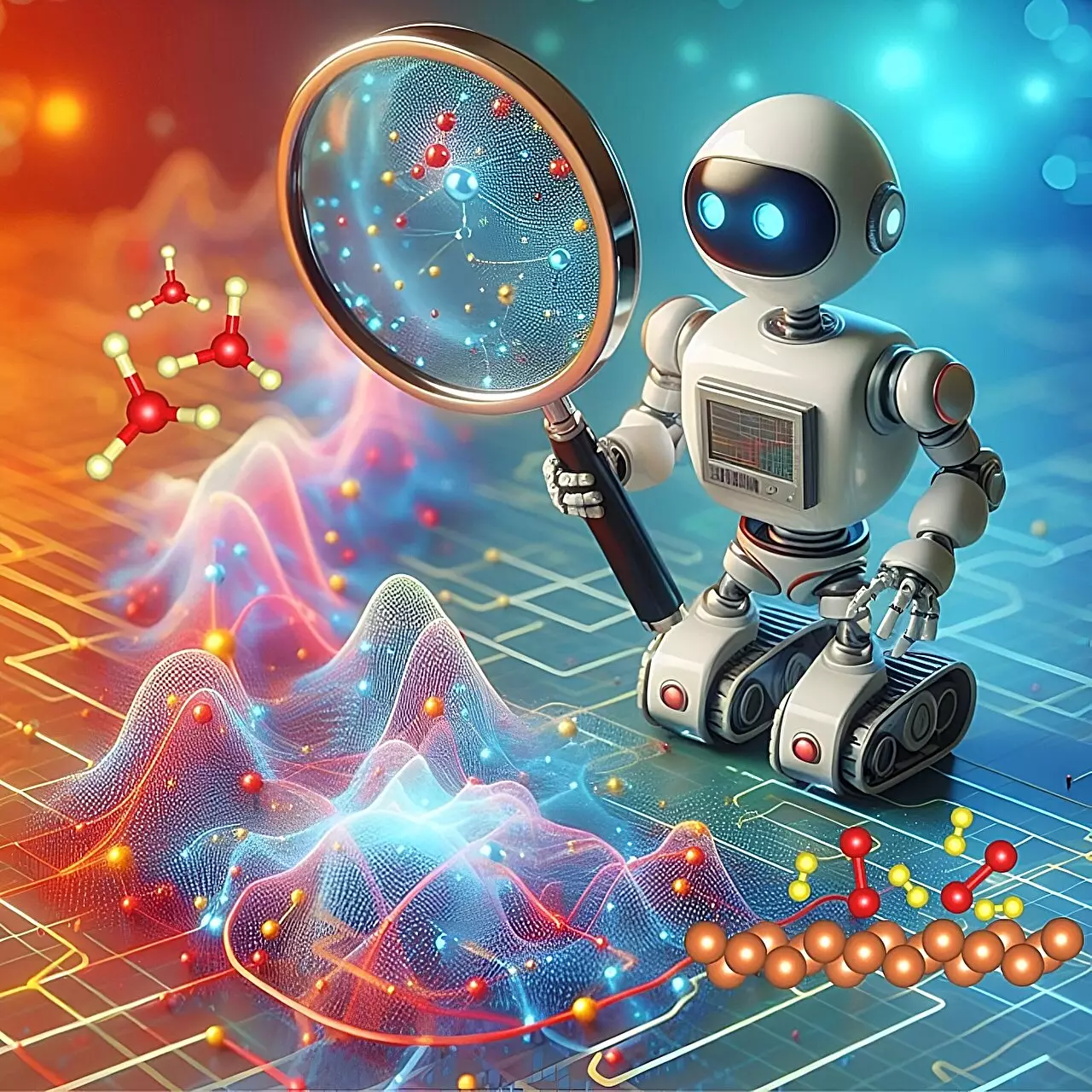The production of ammonia has been a focal point of industrial chemistry for over a hundred years. Each year, approximately 160 million tons of ammonia are synthesized globally, primarily for use in agriculture as nitrogen fertilizer. This substantial figure highlights the importance of ammonia within the agricultural sector as well as its applications across various industries, from food and beverage refrigeration to household cleaning products. Despite the monumental scale of production, researchers have continually faced significant hurdles in improving the low-yield and low-efficiency processes involved in traditional ammonia synthesis, which utilizes atmospheric nitrogen and hydrogen in chemical reactions facilitated by iron catalysts.
In a recent breakthrough, a research team led by Qi An, an associate professor at Iowa State University’s materials science and engineering department, has introduced the High-Throughput Deep Reinforcement Learning with First Principles (HDRL-FP) framework. This innovative technology promises to enhance our comprehension of chemical reactions associated with ammonia production and, more broadly, other intricate chemical processes. The framework has been documented in a paper published in Nature Communications, where the researchers assert its potential for optimizing ammonia production. The ability to achieve greater efficiency could lead to lower production costs as well as a reduction in carbon dioxide emissions, paving the way for smaller and more widely distributed ammonia production facilities.
A critical aspect of this innovative research is the utilization of reinforcement learning, a type of machine learning that mimics the process of training an animal through rewards. In this context, the ‘rewards’ signify the identification of optimal, cost-effective paths for chemical reactions. By employing graphics processing units and leveraging high-throughput methodologies, the HDRL-FP framework can sift through thousands of potential reaction pathways in a fraction of the time it would take human researchers. This capability allows researchers to pinpoint viable catalytic mechanisms within what can often be a cacophony of data produced by real-world chemical reactions.
What makes HDRL-FP particularly exciting is its versatility. While it is being utilized for ammonia synthesis, its potential applications extend to a wider array of catalytic reactions. The foundational knowledge gleaned from mapping out atomic positions on an energy landscape alleviates the need for a highly specific representation of reaction conditions. Therefore, the HDRL-FP framework offers a more streamlined approach to understanding complex catalytic dynamics, which can be beneficial across various fields of chemistry.
The Journey Thus Far and Future Implications
The development of HDRL-FP has been a two-year effort that commenced when An took up his position at Iowa State University, with funding stemming from university startup resources. The initial calculations surrounding the ammonia-producing reaction serve as a proof-of-concept, allowing the research team to delve deeper into unlocking the intricacies of the reaction mechanism. As researchers continue refining this technology, the implications could dramatically reshape the future of industrial chemistry.
The integration of artificial intelligence and advanced machine learning techniques into the field of ammonia production heralds a transformative shift in how researchers and industries can understand and optimize chemical reactions. As the HDRL-FP framework continues to evolve, it not only holds promises for enhancing ammonia production but also has the potential to influence various scientific domains involving catalysis and reaction efficiency. The advent of this technology marks a new dawn for industrial processes, aligning economic efficiency with sustainability and, ultimately, a brighter future for chemical sciences and the world at large.


Leave a Reply